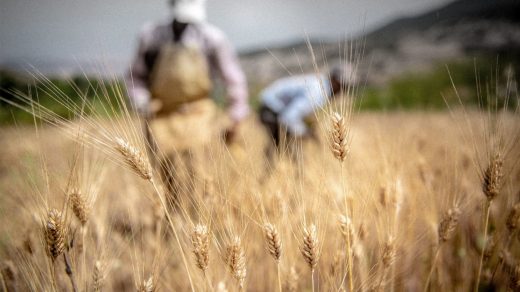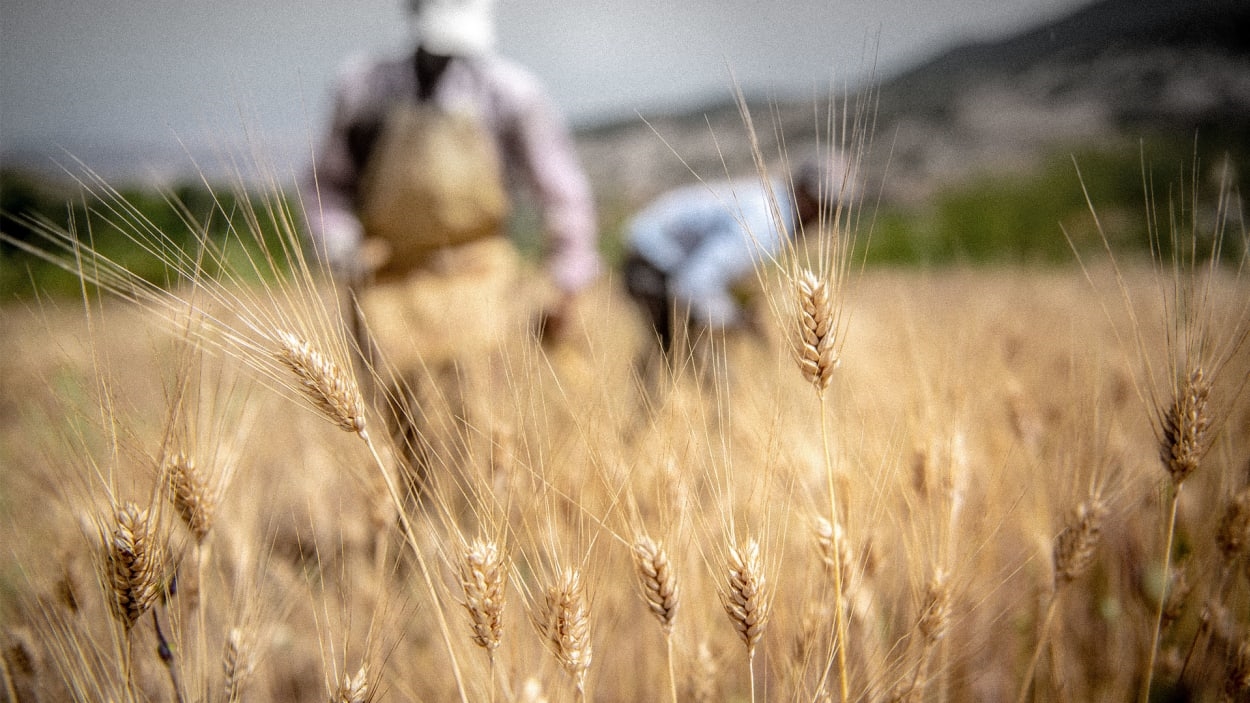5 vital steps toward achieving ‘zero hunger’ in Africa by 2030
Global food systems have been battered by overlapping crises in recent years. Key among these are the COVID-19 pandemic, Russia’s invasion of Ukraine, and extreme weather events resulting from climate change. These have led to forced migration, loss of employment, climate stress, loss of biodiversity, and economic instability.
In Africa, which is home to 1.5 billion people, these shocks and stressors have slowed—or even reversed—decades of progress in improving food security and nutrition. For example, 37 million people in the Greater Horn of Africa are facing acute hunger in one of the region’s worst droughts in decades.
These multiple crises have forced the world to recognize that improving nutrition and food security requires more resilient global and national food systems. Food systems are the sum of actors and interactions along the food value chain—from input supply and production to transport, processing, retailing, wholesaling, preparation, consumption, and disposal.
As set out in the Sustainable Development Goals, the journey toward food and nutritional security for Africa has a clear destination—zero hunger. The target is to ensure access to safe, nutritious, and sufficient food for all people by 2030.
The recently launched Africa Agriculture Status Report examines the continent’s progress toward food and nutritional security.
We coedited the report, which has six key themes. It charts a road map to get to the goal faster while adapting to a changing environment. Our report coincided with World Food Day 2022, whose theme is safer food, better health.
Without transformative change like the Asian Green Revolution, African food systems will continue to impede human development. They will also continue to be overly dependent on food imports. Without a strong drive for sustainable agricultural practices, the continent’s food systems will worsen environmental destruction. Urgent action is needed to anticipate megatrends, rally political will, mobilize investments, and strengthen capacity.
Five ways to transform African food systems
1. True cost accounting
Development practitioners working in Africa need true cost accounting for our food systems. It should explicitly consider all the environmental, social, and human health outcomes associated with the way food systems are organized. For example, 74% of agricultural production growth in sub-Saharan Africa since 2000 has been achieved through area expansion and only 26% from increased yields. This is far from ideal. Reliance on area expansion has converted forests and grasslands into cropland on a massive scale. The result has been substantial damage to the region’s stock of natural resources and ecosystem services.
A true cost accounting framework sets out the costs of this approach. It would lead to the recognition that technical innovation is important to improve yields on existing farmland. It would show that this is a more sustainable approach to production growth, better health, and improved nutrition.
2. Anticipate the megatrends
African governments must be prepared for the big demographic, economic, environmental, and social trends shaping the continent’s food systems. These include:
Africa’s food systems continue to evolve in response to these drivers. Food policies and investment strategies need to change too. We are chasing a moving target.
3. Role of leadership
Leadership is essential to harness collective effort, shared responsibility, stakeholder engagement, and political will to transform food systems.
Political leaders can either push the accelerator or step on the brakes. The complex nature of our food systems requires that key actors—including national governments, international agencies, civil society, farmer organizations, and the private sector—work together toward the common goal.
Governments and regional bodies are at the center of food systems interventions.
4. Investment gap
Financing is the fuel needed to accelerate transformation. Based on recent estimates from New Growth International, a network-based management consulting firm, food systems transformation in Africa requires up to $77 billion a year from the public sector and up to $180 billion from the private sector.
Mobilizing financing at scale requires African governments to:
5. Capacities and capabilities
Africa must invest in domestic human, institutional, and system-wide capacities and capabilities. Capacity development efforts should be guided by seven core principles: country ownership and leadership; alignment with national needs and priorities; use of national systems and local expertise; no one-size-fits-all tactics; multilevel approaches; and mutual accountability.
We also note that even though agricultural research capacity increased by 90% between 2000 and 2016, there has been a decline in public investment in agricultural research systems. This threatens Africa’s capacity to adapt the latest technologies to local conditions.
Call to action
There’s an urgency to transforming African and global food systems to make them more resilient and sustainable. Failure is not an option.
Transformation will require a coordinated approach from governments, development partners, the private sector, and civil society. It is time to put into action the carefully designed strategies, policy reforms, and investment plans highlighted in the latest report.
Edward Mabaya is a research professor at Cornell University; Robert B. Richardson is a professor of sustainable development at Michigan State University; and Thomas Jayne is an MSU Foundation professor of agricultural, food, and resource economics at Michigan State University.
This article is republished from The Conversation under a Creative Commons license. Read the original article.
(43)



